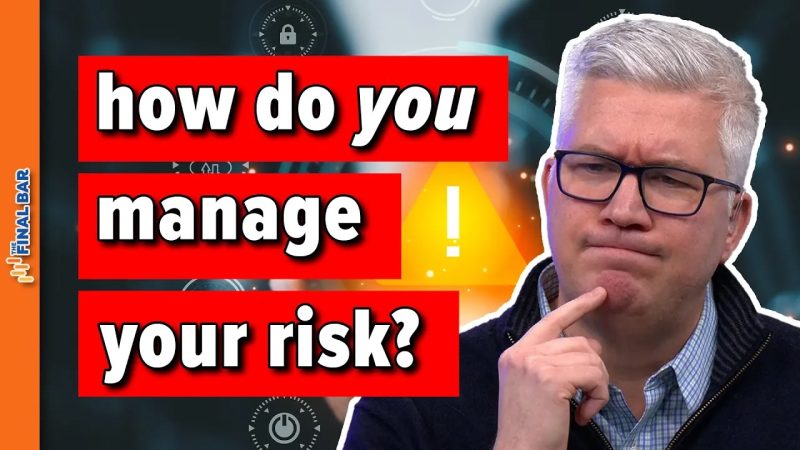Risk management is a critical aspect of any investment strategy, especially in complex and volatile markets. One approach that traders often use to manage risk is technical analysis. Technical analysis involves analyzing historical price data to predict future price movements. By understanding technical indicators and patterns, traders can make better-informed decisions to minimize potential losses and maximize profits.
One common technical indicator used in risk management is the Moving Average Convergence Divergence (MACD). The MACD is a trend-following momentum indicator that shows the relationship between two moving averages of an asset’s price. By analyzing the MACD line and the signal line, traders can identify potential trends and reversals in the market. When the MACD line crosses above the signal line, it indicates a bullish trend, while a cross below signals a bearish trend. By paying attention to these signals, traders can adjust their positions accordingly to manage risk effectively.
Another useful technical indicator for risk management is the Relative Strength Index (RSI). The RSI measures the magnitude of recent price changes to evaluate whether an asset is overbought or oversold. When the RSI is above 70, it suggests that the asset may be overbought and due for a correction. On the other hand, an RSI below 30 indicates that the asset may be oversold and primed for a potential rebound. By using the RSI as a risk management tool, traders can avoid entering positions at unsustainable levels and reduce the likelihood of significant losses.
In addition to technical indicators, traders can also utilize chart patterns to manage risk effectively. Chart patterns, such as head and shoulders, triangles, and flags, can provide valuable insights into market sentiment and potential price movements. By recognizing these patterns and understanding their implications, traders can set appropriate stop-loss orders and profit targets to protect their capital and optimize their risk-reward ratio.
Furthermore, risk management using technical analysis also involves monitoring key support and resistance levels. Support levels act as barriers that prevent prices from falling further, while resistance levels hinder price movements to the upside. By identifying these levels on price charts, traders can set stop-loss orders below support levels and take-profit orders near resistance levels. This strategic approach helps traders manage risk by defining clear entry and exit points based on the market’s price dynamics.
Overall, incorporating technical analysis into your risk management strategy can significantly enhance your trading performance and mitigate potential losses. By utilizing technical indicators, chart patterns, and key levels, traders can make informed decisions that align with their risk tolerance and investment goals. Remember that risk management is an essential aspect of trading, and by leveraging technical analysis, you can navigate the markets with confidence and achieve sustainable success.
